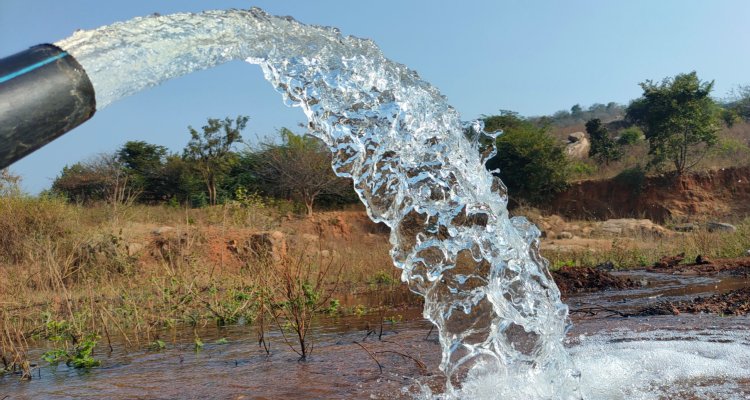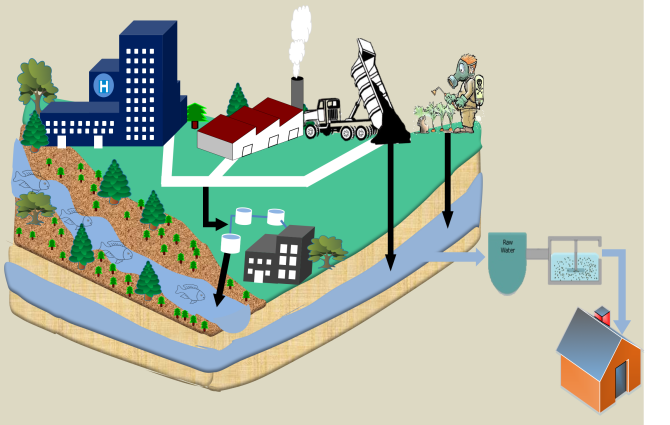
Project
Developing a HyGenChip for detection of the genotoxic potency of hydrophilic contaminants
Knowledge gaps related to hydrophilic chemicals in groundwater and surface water are a critical challenge in the management of water quality. Currently, there is no existing proper method to concentrate and chemically analyze low concentrations of water soluble pollutants.
Motivation
Most of these contaminants remain unseen, unmeasured, and largely unknown. Despite their low concentrations, these substances present a potential risk to the drinking water chain and environmental water quality. This especially is the case for very sensitive endpoints such as genotoxicity and endocrine disruption. This projects aims to develop a bioassay to quantify the genotoxic potency of hydrophilic compounds. By exposing very small organisms to the water with hydrophilic compounds, the molecular response in the organisms can be used as an indication of the genotoxic potency of compound mixtures in the water.
Research goals
- Develop an easily applicable method and approach 'HyGenChip' for detection and quantification of the genotoxic potency of hydrophilic pollutants;
- Assess the genotoxic potency of hydrophilic contaminants in surface water (environmental relevance) and groundwater (source of raw drinking water);
- Develop a simple and easy procedure to apply and interpret the approach for genotoxicological assessment.
Technological challenge
The challenge is to design an efficient and cheap test that does not require specialists to apply and interpret. The bioassay, HyGenChip, employs very small invertebrate organisms as sentinel species. Hydrophilic compounds, invisible by chemical analyses, will leave their signature in those animals. The focus is on genotoxic contaminants that damage DNA and induce metabolic and DNA repair responses. The most indicative gene expressions for genotoxic effects will be validated with standard single compounds and mixtures. With selected gene markers a MAGPIX assay (Figure 3 & 4) will be developed. The sample preparation needed for the MAGPIX assay is far less time consuming than for classical gene expresion analyses. The assay can then be performed and interpreted in normally equipped laboratories.
